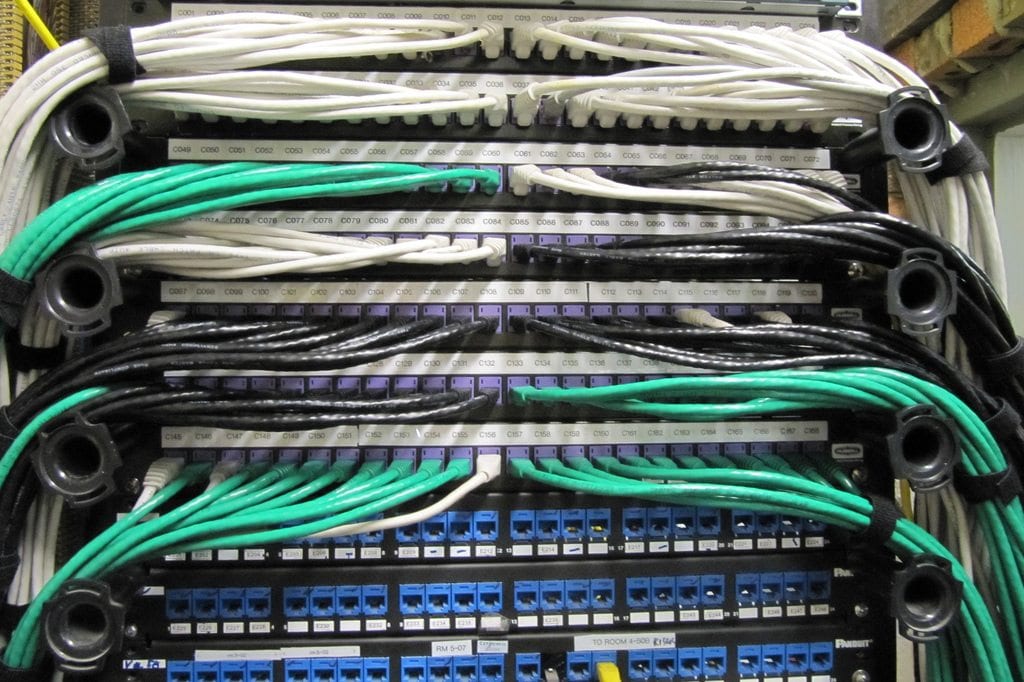VOIP for business in 2022
VoIP for business is a game changer. The business telephone system of today looks vastly different from its ancestors of even as recently as ten years ago. Technologies such as SIP (Session Initiation Protocol), VoIP (Voice over Internet Protocol, or IP), and the environments of Unified Communications (UC) have brought about the merging of voice and data streams to enable smoother and faster communications, together with the integration of a host of business productivity and networking capabilities.
But time doesn’t stand still. Neither does technology. And in the year ahead, advances in network infrastructure, data analytics, machine learning (ML), and Artificial Intelligence (AI) are poised to raise the performance of the business telephone system to even more astonishing levels in 2018 and beyond.
Here are just some of the ways in which VoIP and other telecommunications-related technologies are set to have an impact on the business telephone system of the present and future.
Better Call Quality With 5G Networks
With the growing importance of mobile devices and internet connectivity, fast data streams have become the life blood of personal and business communications. Expanded corporate networks now include travelling and remote workers using smartphones, tablets, and online points of presence to stay productive and in touch. And to date, users of a business telephone system have had to rely on 3G and the still evolving 4G networks to govern their mobile device performance and internet traffic.
The pressure on the world’s finite supply of bandwidth has further been increased through the proliferation of wearable devices, consumer goods, and infrastructure hardware connected via the so-called Internet of Things (IoT). To make an adequate number of sufficiently fast data streams available to all who need them, a new form of wireless network delivery is required – and that’s why the emergence of 5G network technology holds the promise of so much positive disruption.
5G or 5th Generation wireless phone technology builds on the foundation created by 4G LTE (Long Term Evolution), which is the fastest and most stable version of 4G. Whereas 4G LTE transfer speeds have a maximum of about one gigabit per second, 5G is expected to increase upload and download speeds to levels of up to ten gigabits per second. This will significantly reduce network latency, giving people much faster load times.
For the business telephone system, this quantum leap in speed will drastically reduce the impact of problems such as packet loss, call jitter, and echoes, which have a harmful effect on call quality. High-quality video streaming will be readily available to allow conferencing and multimedia applications even for remote workers.
And all of this could take place in a network environment where it will be possible to download a complete HD movie in seconds.
Self-Healing Intelligent Networks
It’s being predicted that due to the influence of machine learning (ML) and Artificial Intelligence (AI), business and data networks will undergo four stages of evolution, starting at the baseline of the traditional network where event monitoring and logs can identify what’s happened on the network in the past, and at best, allow human operators to attempt troubleshooting existing problems in real time.
The second stage will allow for predictive networks, where machine learning algorithms can detect patterns from past behaviour and events and use these as a logical basis for predicting what might happen on the network in future.
Stage three will see the development of prescriptive networks, which will use AI to review past network performance and generate a set of possible futures based on that information. The networks will also be able to present their human managers with an array of possible courses of action they could take to maintain or improve performance levels on their corporate data network or business telephone system.
The fourth stage of network evolution will gather aspects of all the previous stages to monitor, predict and prescribe. But in addition, machine learning and AI will enable these networks to be automated to the point where they can detect, analyse, and rectify problems without the need for human intervention. These stage four networks will also theoretically, be able to autonomously choose courses of action to maximise network efficiency “on the fly.”
For a business telephone system, a self-healing and intelligent network could provide an immediate fix for instances of poor or reduced call quality. In addition, problems such as improper network configurations, high latency and low bandwidth could be dealt with in real time, maintaining network performance with no need for service calls or maintenance contractors.
AI & UC For Better Insight
Artificial Intelligence is also set to play a bigger role in the deployment of Unified Communications or UC platforms. Enhanced data analytics tools capable of making logical connections and pulling insights from a multitude of data streams will be added to the mix of voice communications, video, productivity applications, and multimedia.
So an intelligent UC platform could analyse email correspondence, customer transactions, call logs, speech patterns and live conversations on a business telephone system, and help operational, marketing and sales personnel to create strategies and implement procedures for increasing their reach and overall efficiency.
It’s technologies like VoIP (Voice over Internet Protocol) and SIP (Session Initiation Protocol) that help make Unified Communications a reality – and you can be sure that leading players in the VoIP telecoms market like LG Networks will be at the forefront of developments such as these.
Intelligent Chatbots And Voice Assistants
There’s an increasing emphasis on customer service and support delivery as factors differentiating commercially successful enterprises from under-performing ones.
In 2018 and beyond, we can also expect to see this emphasis on intelligent automation as a facilitator for improved customer services. This technology is already here in the form of artificially intelligent chatbots and voice assistants.
These automated response systems use speech recognition, natural language processing (NLP), machine learning algorithms, and reference to past transactions or external data sources to enable them to handle customer queries and instructions. What’s more, with natural voice text-to-speech (TTS) engines, they have the potential to serve as voice or text-activated personal assistants (which can be shipped as mobile apps or on desktop operating systems), and to act as additional / virtual staff members of an increasingly sophisticated business telephone system and network that can extend the reach of smaller scale companies and larger enterprises alike.
The Death Of The Old Landline
As support for old-school telephony and ISDN (Integrated Systems Digital Network) is withdrawn, there’s now a shift towards internet-friendly technologies like VoIP and SIP. Traditional copper wires are giving way to the increased stability, speed, and bandwidth of fibre optic networks. And as technologies evolve, the old landline system is being edged out of both the domestic scene and the business telephone system.
In the UK, there’s been talk since 2016 of moves to ban BT and other telecoms providers from charging broadband subscribers for landlines which they seldom use – and this kind of development could only increase the pressure to move “out with the old, and in with the new.”
VoIP offers a subscription-based pricing model that has flexibility, economy, and the enterprise-level features needed for a truly competitive business telephone system.
If you’d like to know more about VoIP and how its associated technologies are shaping the form of the business telephone system of the future, get in touch with the experts at LG Networks.





